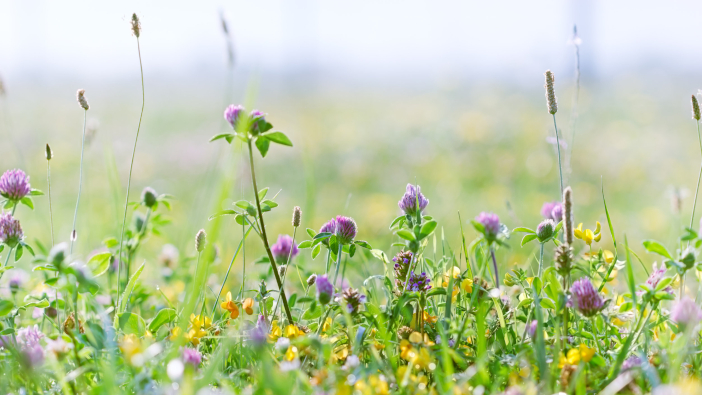The Processors and Growers Research Organisation (PGRO) has identified steps that farmers could take, to integrate Countryside Stewardship option AB15 into their rotations, while minimising the potential pest and disease risk to pulse crops.
PGRO has suggested that the best practice for legume cropping suggests a rotation of one in six years, allowing at least five years between pulse crops to ensure the minimal build-up of pest and disease pressure in the soil.
However, many farmers will be attracted to the Countryside Stewardship option AB15 which offers an attractive grant for a ‘two-year sown legume fallow’. The option has raised questions over whether the long-term presence of legumes in the soil may build up pathogen pressure.
The PGRO suggests that there are steps growers can take to integrate the stewardship option into their rotations while also minimising any potential risks.
AB15’s two-year sown legume fallow option must comprise six flowering species, based on alsike clover, bird’s-foot trefoil, black medick, common vetch, lucerne and red clover. The mixture is to be sown at 15 to 20kgs/ha as appropriate for the described soil type.
It is also advised that grasses such as cocksfoot, perennial ryegrass or timothy may be included to help smother blackgrass and other competitive grass weeds; the PGRO considers red clover and common vetch to pose the most significant risk, due to their association with footrot pathogens and stem and bulb nematodes.


